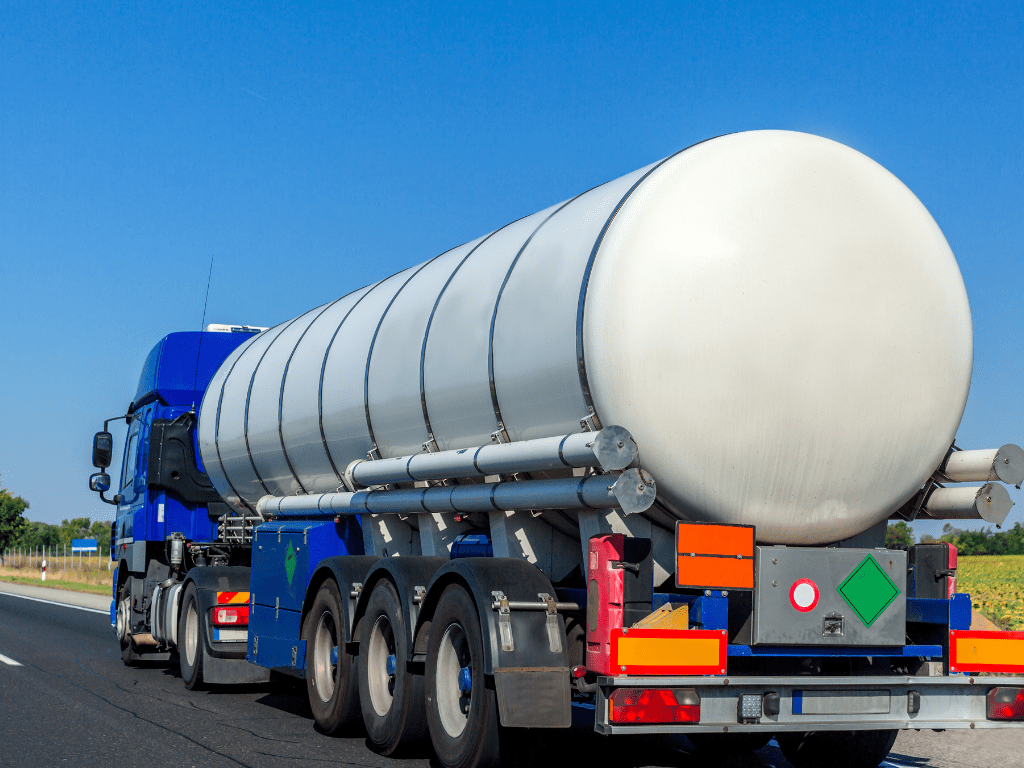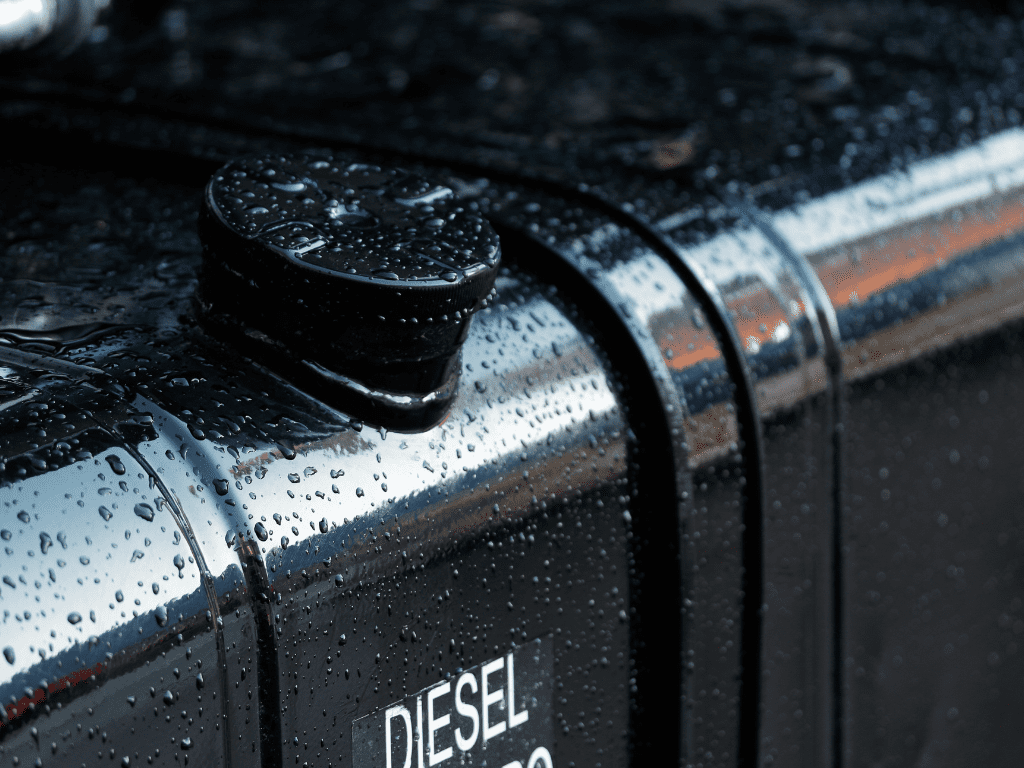Os tanques de diesel são a tábua de salvação dos setores que dependem de maquinário pesado e transporte. Com o tempo, esses tanques acumulam sujeira, ferrugem, lodo e outros contaminantes, o que pode comprometer seriamente o desempenho. É aí que entra a importância de um limpador de tanque de diesel. Este guia abrangente o orientará sobre os benefícios, os métodos e a importância da limpeza do tanque de diesel, além de fornecer informações úteis para a escolha do melhor limpador de tanque de diesel para as suas necessidades.
Por que a limpeza do tanque de diesel é essencial?
Os tanques de diesel podem enfrentar vários problemas ao longo do tempo, desde o crescimento de algas até o acúmulo de lodo. Esses contaminantes podem não apenas reduzir a eficiência do combustível, mas também danificar os motores se não forem controlados. Limpar o tanque regularmente com um limpador de tanque de diesel de qualidade pode ajudar a evitar quebras e manter o desempenho ideal.
Contaminantes comuns em tanques de diesel
- Lodo: O lodo é um dos problemas mais comuns enfrentados pelos tanques de diesel. Normalmente, ela resulta da degradação natural do combustível diesel ao longo do tempo.
- Água: A água pode se infiltrar nos tanques de diesel por meio da condensação, resultando em ferrugem e crescimento microbiano.
- Ferrugem e corrosão: Os tanques de metal são particularmente propensos à ferrugem, especialmente quando há presença de umidade.
Consequências de um tanque de diesel sujo
Se os contaminantes não forem limpos adequadamente, eles podem levar a vários problemas dispendiosos:
- Redução da eficiência de combustível: Um tanque sujo pode entupir os filtros de combustível e sobrecarregar os motores, reduzindo o desempenho geral.
- Contaminação de combustível: O combustível contaminado pode danificar o maquinário e resultar em reparos caros.
- Corrosão: A ferrugem e a corrosão podem enfraquecer a integridade estrutural do tanque, levando a vazamentos ou falhas mais graves.

Práticas recomendadas para a limpeza de tanques de diesel
Para garantir que seu tanque de diesel permaneça limpo e eficiente, é importante adotar as técnicas de limpeza corretas. Um limpador de tanque de diesel adequado é essencial, mas também há etapas específicas que você deve seguir.
Etapa 1: Preparação do tanque
Antes da limpeza, é importante garantir que o tanque esteja devidamente preparado:
- Drenar o combustível: Remova todo o combustível do tanque e descarte-o de acordo com as normas ambientais locais.
- Inspecionar o tanque: Verifique se há danos visíveis, como ferrugem, rachaduras ou vazamentos que possam precisar de reparos.
Etapa 2: Escolhendo o limpador de tanque de diesel correto
A seleção do limpador de tanque de diesel adequado é fundamental para uma limpeza completa. Alguns limpadores de tanques são projetados especificamente para decompor lodo, algas e outros contaminantes, enquanto outros se concentram na remoção de ferrugem.
Um bom exemplo de um limpador eficaz é AQUAQUICK 2000O produto é um produto versátil conhecido por sua fórmula biodegradável e por sua capacidade de limpar uma variedade de contaminantes. É adequado para a limpeza de tanques de diesel, ajudando a decompor óleos e graxas naturalmente.
Etapa 3: Métodos de limpeza
Há vários métodos de limpeza de tanques de diesel, dependendo do tamanho do tanque e do nível de contaminação. Aqui estão as técnicas mais comuns:
a. Limpeza manual
A limpeza manual envolve a remoção física de contaminantes por meio de esfregação do tanque. Esse método é trabalhoso, mas altamente eficaz para tanques pequenos.
b. Limpeza química
A limpeza química usa solventes ou produtos de limpeza como o AQUAQUICK 2000 para quebrar os depósitos. É um método popular para tanques grandes em que a limpeza manual seria muito difícil. O limpador é circulado por todo o tanque para dissolver o lodo e outros contaminantes.
c. Lavagem elétrica
A lavagem elétrica combina pressão e água para eliminar o acúmulo no interior do tanque. É uma excelente opção para tanques de tamanho médio e, quando combinada com um limpador de tanque de diesel, pode ser ainda mais eficaz.
Como usar um limpador de tanque de diesel de forma eficaz
Para obter o máximo de seu limpador de tanque de dieselSiga estas etapas para o uso adequado:
1. Diluição do limpador
A maioria dos limpadores de tanques de diesel precisa ser diluída com água para funcionar com eficácia. Siga as orientações do fabricante sobre a proporção adequada. Com AQUAQUICK 2000Com o uso de um produto de limpeza, por exemplo, o processo de diluição é simples e o produto mantém sua eficácia na decomposição de contaminantes.
2. Aplicação do limpador
Depois de diluído, aplique o limpador na parte interna do tanque. Isso pode ser feito pulverizando, despejando ou circulando a solução pelo sistema do tanque. Certifique-se de que o limpador cubra todas as áreas, especialmente os pontos de difícil acesso onde o lodo possa se acumular.
3. Deixar o limpador descansar
Deixe o limpador agir pelo período de tempo recomendado. Isso dá a ele tempo para decompor os contaminantes. Dependendo do nível de acúmulo, o produto de limpeza pode precisar ficar em repouso por algumas horas ou até mesmo durante a noite.
4. Enxágue do tanque
Depois que o limpador tiver tido tempo de agir, enxágue bem o tanque com água limpa. A lavagem elétrica pode ajudar a garantir que todos os vestígios do limpador e dos contaminantes sejam removidos.

Principais recursos a serem procurados em um limpador de tanque de diesel
Nem todos os limpadores de tanques de diesel são iguais. Ao selecionar um produto, aqui estão alguns fatores importantes a serem considerados:
1. Biodegradabilidade
Um limpador biodegradável não é apenas melhor para o meio ambiente, mas também garante que você possa descartar com segurança os resíduos produzidos durante o processo de limpeza. O AQUAQUICK 2000 é uma dessas opções biodegradáveis, o que o torna uma escolha popular para setores que se preocupam com o meio ambiente.
2. Compatibilidade com materiais do tanque
Certifique-se de que o limpador escolhido seja compatível com o material do tanque, seja ele feito de aço, alumínio ou outro material. Alguns limpadores podem ser corrosivos para determinados metais, portanto, verifique sempre as especificações do produto.
3. Força e eficácia
Para contaminantes difíceis, como lodo e algas, pode ser necessário um limpador mais forte. Procure produtos que visem especificamente a esses problemas e garanta que eles sejam eficazes na decomposição dos contaminantes em seu tanque.
4. Considerações sobre segurança
É importante escolher um limpador de tanque de diesel que seja seguro para uso, tanto para a pessoa que o aplica quanto para o próprio equipamento. O AQUAQUICK 2000, por exemplo, não é tóxico e é seguro tanto para os usuários quanto para o meio ambiente, além de proporcionar uma ação de limpeza poderosa.
Com que frequência você deve limpar seu tanque de diesel?
A frequência da limpeza do tanque de diesel depende de vários fatores, incluindo a frequência com que o tanque é usado, o tipo de combustível e as condições ambientais. Entretanto, como regra geral, recomenda-se limpar o tanque de diesel pelo menos uma vez por ano.
Fatores que influenciam a frequência de limpeza
- Clima: Em ambientes úmidos, a condensação pode levar ao acúmulo de água, o que exige uma limpeza mais frequente.
- Tipo de combustível: O diesel de qualidade inferior pode conter mais impurezas, levando a uma contaminação mais rápida.
- Uso: Os tanques que são usados com mais frequência podem precisar ser limpos com mais frequência para evitar o acúmulo excessivo de contaminantes.
Manutenção de seu tanque de diesel após a limpeza
Depois de limpar seu tanque de diesel, é importante mantê-lo adequadamente para evitar contaminações futuras. Aqui estão algumas dicas para manter o tanque limpo:
Substituição regular do filtro de combustível
Certifique-se de que os filtros de combustível sejam substituídos regularmente para evitar a entrada de detritos no tanque.
Sistemas de remoção de água
Considere a instalação de um sistema de remoção de água para reduzir a condensação e evitar o crescimento de ferrugem ou algas.
Inspeções programadas de tanques
Inspecione regularmente seu tanque em busca de sinais de danos ou contaminação. A detecção precoce pode evitar reparos dispendiosos no futuro.

Conclusão
A limpeza do tanque de diesel é essencial para garantir a longevidade e a eficiência de suas máquinas e equipamentos. O uso de um limpador de tanque de diesel de alta qualidade, como o AQUAQUICK 2000, pode tornar esse processo muito mais fácil e eficaz. Seguindo as técnicas de limpeza adequadas, você pode minimizar o risco de avarias dispendiosas e melhorar o desempenho geral dos seus sistemas movidos a diesel.
Lembre-se de limpar o tanque pelo menos uma vez por ano, monitorar regularmente a presença de contaminantes e sempre escolher o melhor limpador para o trabalho. Os benefícios da limpeza regular superam em muito os custos, levando a operações mais suaves, melhor eficiência de combustível e uma vida útil mais longa para seu tanque de diesel.














